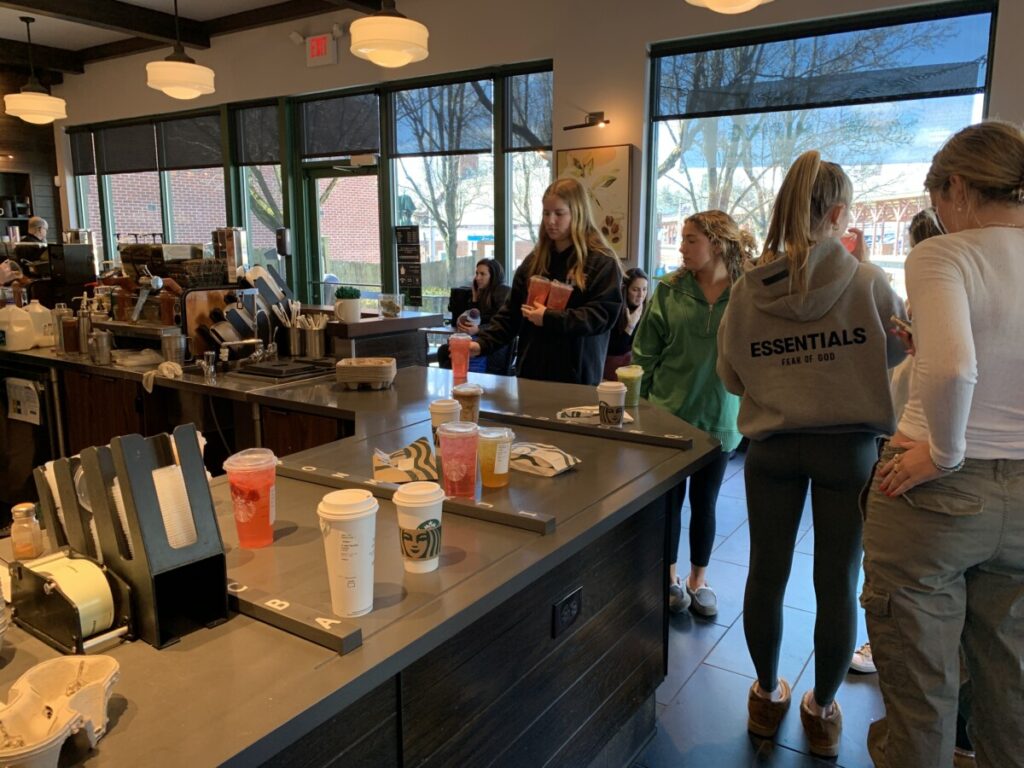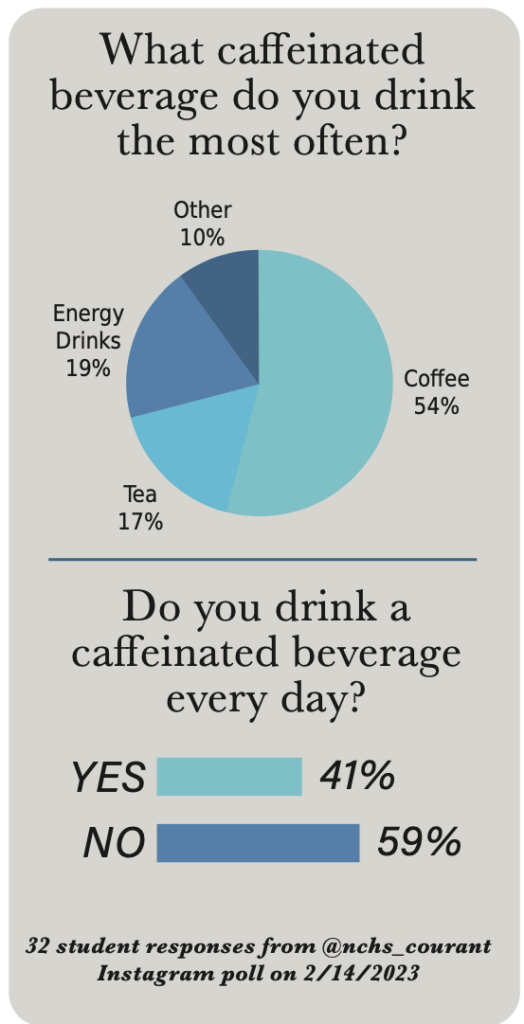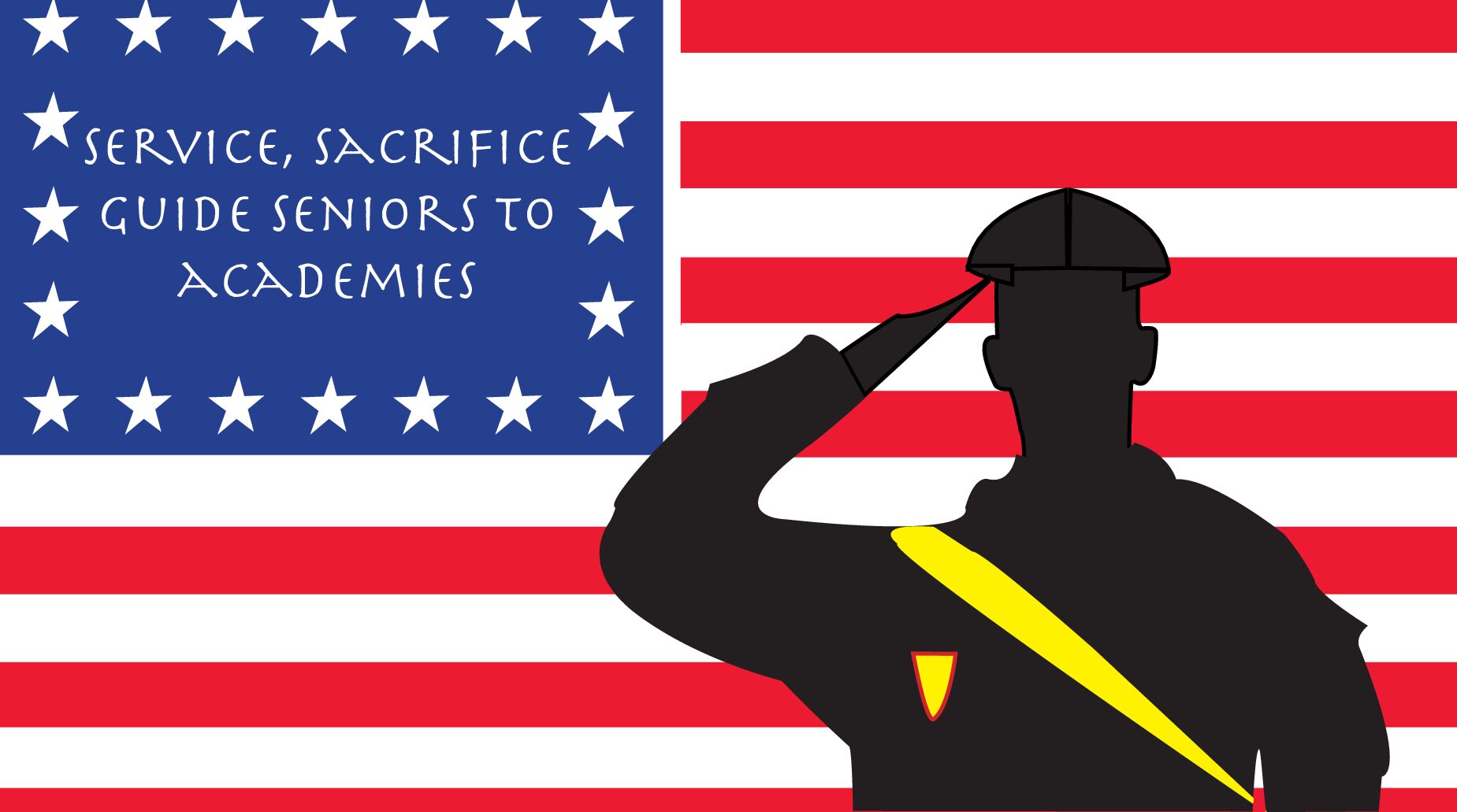Peyton Zaletsky, Editor-in-Chief
A Starbucks venti cold brew with an iced caramel drizzle; a thermos filled to the brim with a steaming chai tea; a Dunkin’ cup housing a mocha; an empty can of Red Bull.
Every day, students and teachers alike can be seen walking down the hallways with a caffeinated beverage in hand, whether it be in a plastic cup purchased from a local coffee shop or in a mug brought from home. While drinking coffee or tea is certainly normalized in today’s society, how big of an issue is caffeine reliance within the walls of the high school?
Many students develop a need for caffeine because of the stress of the tiring school week. “I started drinking caffeine for energy around junior year because of the workload and long hours after school,” senior Evelyn Slatoff said. “I have coffee every day because it definitely helps me to wake up for my early morning classes.”
Many students are just like Evelyn: they drink caffeinated beverages to have more energy in order to complete their work and feel more awake during classes. “I started drinking coffee last year because I had a lot of school work and was having a hard time getting enough sleep,” senior Julia Paine said. “I think caffeine helps me to be more energetic and alert, especially during the first block of the day.”
While many students drink caffeine in order to feel more energized, ot0hers buy caffeinated drinks simply because they enjoy the taste or find it to be a nice way to socialize. “I don’t go out and get caffeinated beverages a lot, and when I do I’ll get a chai or matcha because I like the taste, not because I need it for energy,” junior Drew Bench said. “Getting drinks from Starbucks is a fun and enjoyable experience more than anything else, so I don’t go there that often unless I’m with people for a fun social activity.”

Students and staff alike have found easy ways to get caffeinated beverages during the school day, whether that be at home or at local coffee shops. Senior Cailtin Mijne works at Zumbach’s, a popular coffee shop in town, and is very accustomed to seeing students and staff members purchasing drinks. “While working at Zumbach’s, I always see a lot of high schoolers and teachers buying coffee,” Cailtin said. “Lots of high schoolers have become regulars at Zumbach’s and they usually come many times a week.”
Like students, teachers are also contributors to the culture of caffeine consumption. Math teacher Katie Marhefki can often be seen drinking a cup of tea while teaching her classes. “I’ve always liked tea, even in high school and college, and I bring in tea from home and usually make it here at school, she said. “In my desk in the Math Office I have multiple types of tea, like Lipton, English Breakfast, decaf English Breakfast, Chai, and some herbal varieties like Peach, Mint or Lemon.”
Ms. Marhefki began drinking tea for the common reason of being energized, but she also uses tea as a way to improve her teaching methods. “I started drinking tea during class because I was cold in my classroom, and I’m also not a morning person so it is helpful for those first classes of the day,” she said. “I also sometimes use it to slow down and give students time to think. I’ll take a sip and use that as my wait time before I jump in to explain a topic.”

Aside from drinking caffeinated beverages to improve teaching skills or increase energy, caffeine has a variety of other benefits. “Once caffeine is present in your blood, it stimulates the central nervous system and increases your alertness, decreases fatigue, and improves focus and concentration,” said School Nurse Betsy Imbrogno. “Caffeine also enhances ‘dopamine’, a neurotransmitter that helps with blood flow, digestion, memory function, and sleep and stress response.”
While caffeine does provide benefits, it also produces negative side effects that could outweigh its positive attributes. “Some students have come to the nurse’s office with side effects of caffeine, such as an increase in heart rate (pulse), nausea, and headache,” Ms. Imbrogno said.
Caffeine also does not seem to have the same energizing effect on everyone. “I have never noticed caffeine having a significant impact on my body,” Drew said. “I’ve never felt more energized after caffeine, so I’ve been bamboozled when people talk about needing caffeine to have more energy. It also normally makes my mom very sleepy.”
Caffeine can have especially undesirable side effects when it comes to addiction and withdrawal. “Your body gets used to having caffeine every day and in order to get the desired effects of alertness and the ability to concentrate, you may need to increase your amount of caffeine consumption,” Ms. Imbrogno said. “Withdrawal symptoms can occur with an abrupt cutting back, and can include headaches, fatigue, difficulty concentrating, and nausea.”
While drinking caffeine does have potentially undesirable health effects, students and teachers who enjoy drinking caffeinated beverages should continue to do so as long as they ensure they don’t feel a reliance towards caffeine. “Relying on caffeine is problematic, and there are other ways of feeling more energy such as getting enough sleep, drinking enough water, eating a well-balanced diet, and exercising regularly,” Ms. Imbrogno said. “However, having caffeine is not a problem if you ingest it every day as long as you control the amount you have.”




